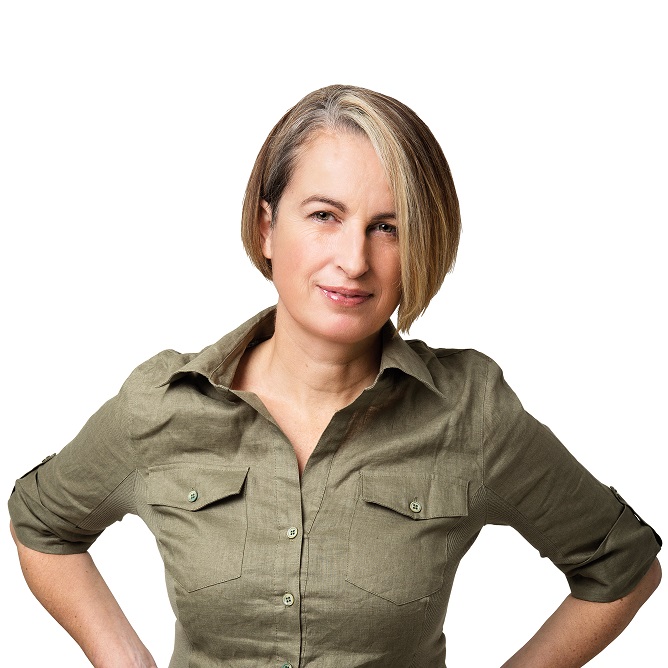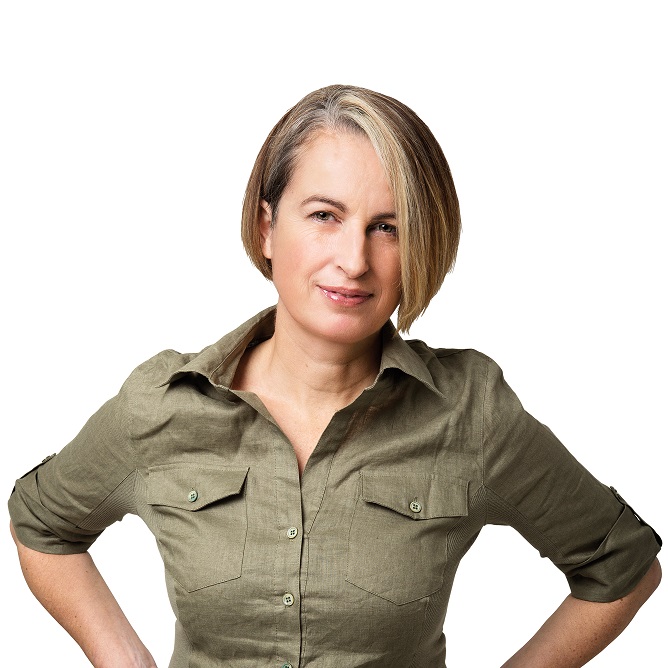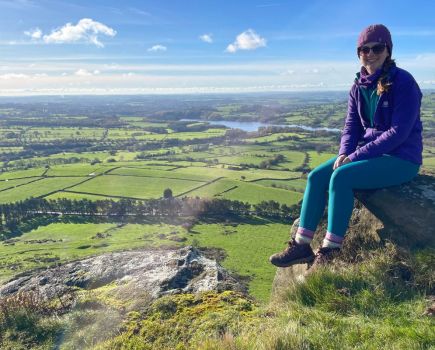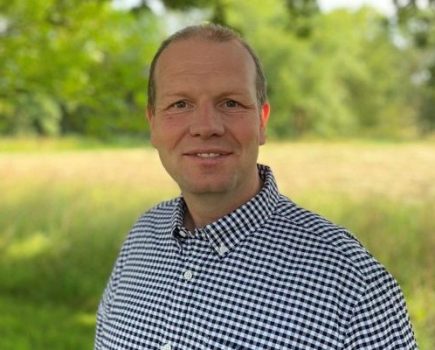 Words are the lifeblood of a journalist. It’s been said that words do two major things – they provide food for the mind and create light for understanding and awareness.
Words are the lifeblood of a journalist. It’s been said that words do two major things – they provide food for the mind and create light for understanding and awareness.
Almost bang on 20 years ago I was writing for Crops magazine and the then editor, Debbie Beaton, asked me if I’d like to have a go at writing the foreword. My efforts never made it to the page but I remember the subject well – it asked the question, ‘what’s in a word?’ And that word was sustainability. Either I was way ahead of my time or it just wasn’t up to scratch but it seems ironic that all this time later, we’re still getting to grips with the notion in agriculture.
A very simple definition of sustainability means meeting our own needs without compromising the ability of future generations to meet their own needs. That can be applied to many things but in farming it’s often taken to mean production without depleting natural capital. It’s little surprise then that soil has become such a focal point – it’s been a resource that we’ve been depleting for decades.
The journey towards a more sustainable farming system will be different for every single farmer, some will go further and faster than others. Some will become highly principled and not understand why everyone isn’t doing the same as them, others will encourage small steps in the knowledge that little things can make big differences if enough people do them. That’s the nature of humanity.
But whether you’ve committed to a ‘school’ of thought or are cherry-picking the methods that are easily implementable in your situation, it’s an exciting time. And the reason why is because it’s become OK to question everything, even if it’s been something you’ve always done. Opening the door to change and seeking answers can ignite a real passion in what you do.
And that’s one of things that really stands out amongst some of the regenerative farmers – it’s a journey where everyone is learning so collaboration is seen as a great idea. But in my mind, you don’t need to join the club to make great strides towards a more sustainable farming system, particularly as soil health plays such an important part in any farming operation.
One of the striking things at Agrovista’s Lamport site is the differences in the soil health measurements under the different systems. Understanding the soil properties and how it will be affected by different cultivations is a science that is still in its infancy – we’re only just learning what to measure and how to interpret those measurements. Listening to the soil is going to revolutionise our relationship with the land.
One of the best things about being a journalist is that you get to speak to experts in many fields and some of these are highly sceptical of regenerative agriculture. I believe it comes from seeing farming systems with strong environmental principles as low input/low output. I’m not sure this holds true and there’s plenty of evidence to suggest profitability doesn’t have to suffer when ditching the plough, even if yields are a little lower.
My view is that as soils restore themselves, both physically and biologically, and regain the associations with soil life then the plants growing in them should become more physiologically efficient – make better use of nutrients, be less susceptible to pests and disease, more competitive with weeds and be more resilient all-round. When this begins to happen then it should be possible to use inputs more strategically and less heavily without clobbering productivity. This won’t happen overnight, and some may push the boundaries too far, too soon but it’s not a reason to disregard regenerative agricultural techniques. If you don’t push the boundaries, then you don’t learn where they are.
Plant nutrition really is an area where there’s still so much to learn. It beggars belief that we throw nitrogen onto crops knowing that, at best, it’s in a form where only half of it will be taken up by plants. It beggars belief that we throw phosphate onto fields knowing that only about 4% of it will be available to plants and the rest gets locked up into a huge underground safe. Why do we still do that? Probably because we’ve never taken the time to learn the language of our soils and how plants interact with them. Probably because the supply industry has driven the forms of fertiliser available rather than science.
To question is to consider; to consider lends towards understanding. So by questioning everything you’ll gain a better understanding of everything. This is the true path to sustainability.
Based in Ludlow, Shrops, CPM technical editor Lucy de la Pasture has worked as an agronomist. @Lucy_delaP




